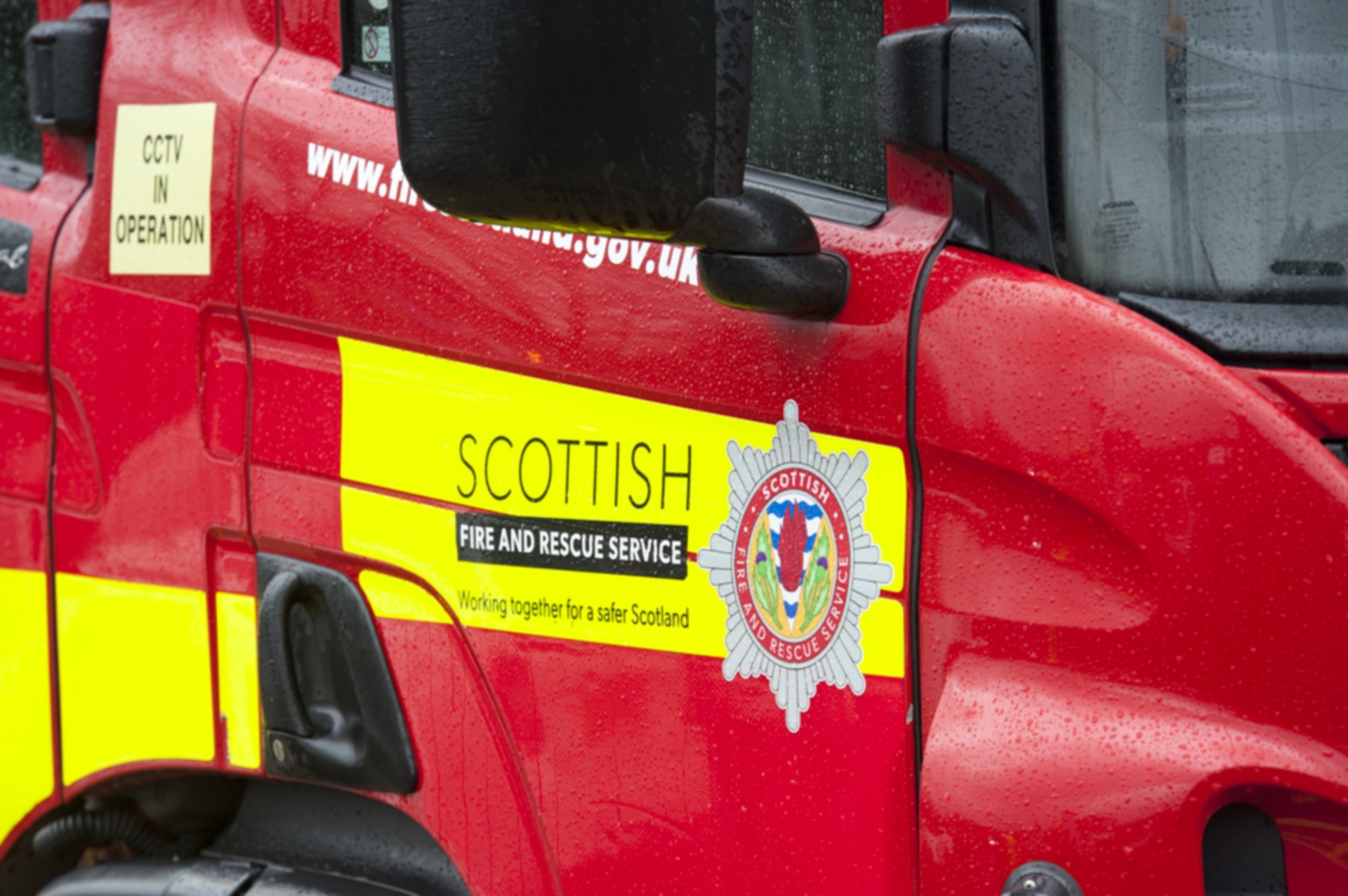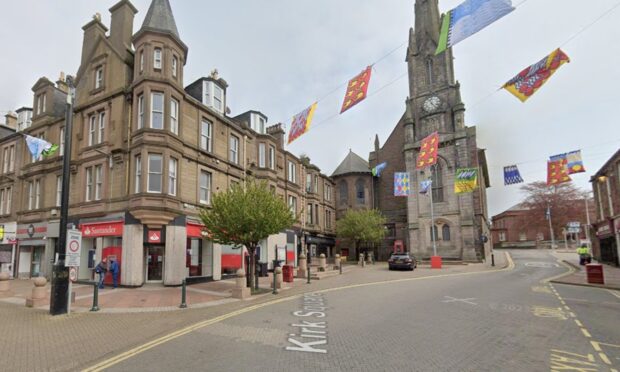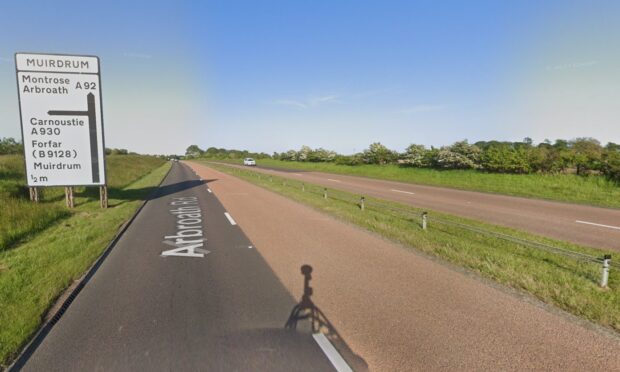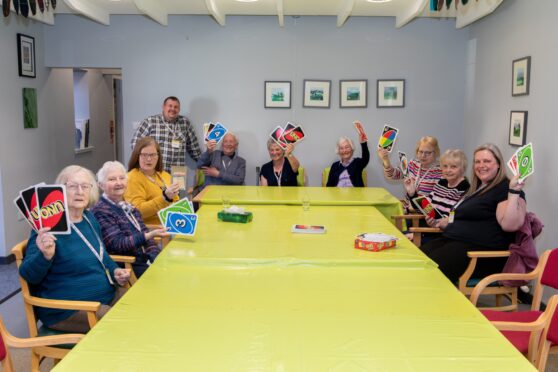A reduction in casualties and fatalities in Angus has been welcomed by a Tayside fire chief.
Area manager Colin Grieve’s quarterly performance report was delivered to Angus Council’s scrutiny and audit committee.
Mr Grieve said there were no fire fatalities in Angus during the second quarter from July 1 to September 30.
He said: “It’s been a full two years since the last fire fatality in the area, and the SFRS aims to maintain this positive fire safety statistic.
“In relation to fire casualties, there were two reported during the second quarter and both occurred as a result of fires in the home.
“This is a drop of four fire casualties when compared to the same period last year and well below the five-year quarterly average of five.
“The total number of fire casualties for the first six months of 2017/18 therefore stands at six, which is a drop of two when compared to the same six month period last year.
“Records show that we have been experiencing a low rate of fire casualties over the past 18 months, which is pleasing to note and continues to be monitored very closely.”
Mr Grieve’s report said alcohol or drugs was a contributing factor in one incident and the other was an elderly person. Both were treated at the scene and did not require hospitalisation.
He said: “The elderly and people who are under the influence of alcohol/drugs are at higher risk from fire and more often than not, are known to other agencies.
“This highlights the absolute need to share knowledge and information between services about those most vulnerable in our communities and to work together, to reduce their risk from fire.”
There were 13 accidental dwelling fires (ADF) reported during the second quarter, below the five-year average of 24 for the second quarter and a drop of three when compared to the first quarter.
The total number, 29, is a drop of 43% when compared to the same six month period last year.
During the second quarter the main cause of fire continued to be cooking left unattended, accounting for half of all ADFs.
Alcohol/drugs was a contributory factor in three of the ADFs and half during the second quarter were started by the elderly.
Mr Grieve said: “The early detection and warning given by working smoke alarms are the key factors that contribute to saving life and limiting fire damage.
“During the second quarter, 11 of the 13 dwellings affected by fire had working smoke alarms.”










